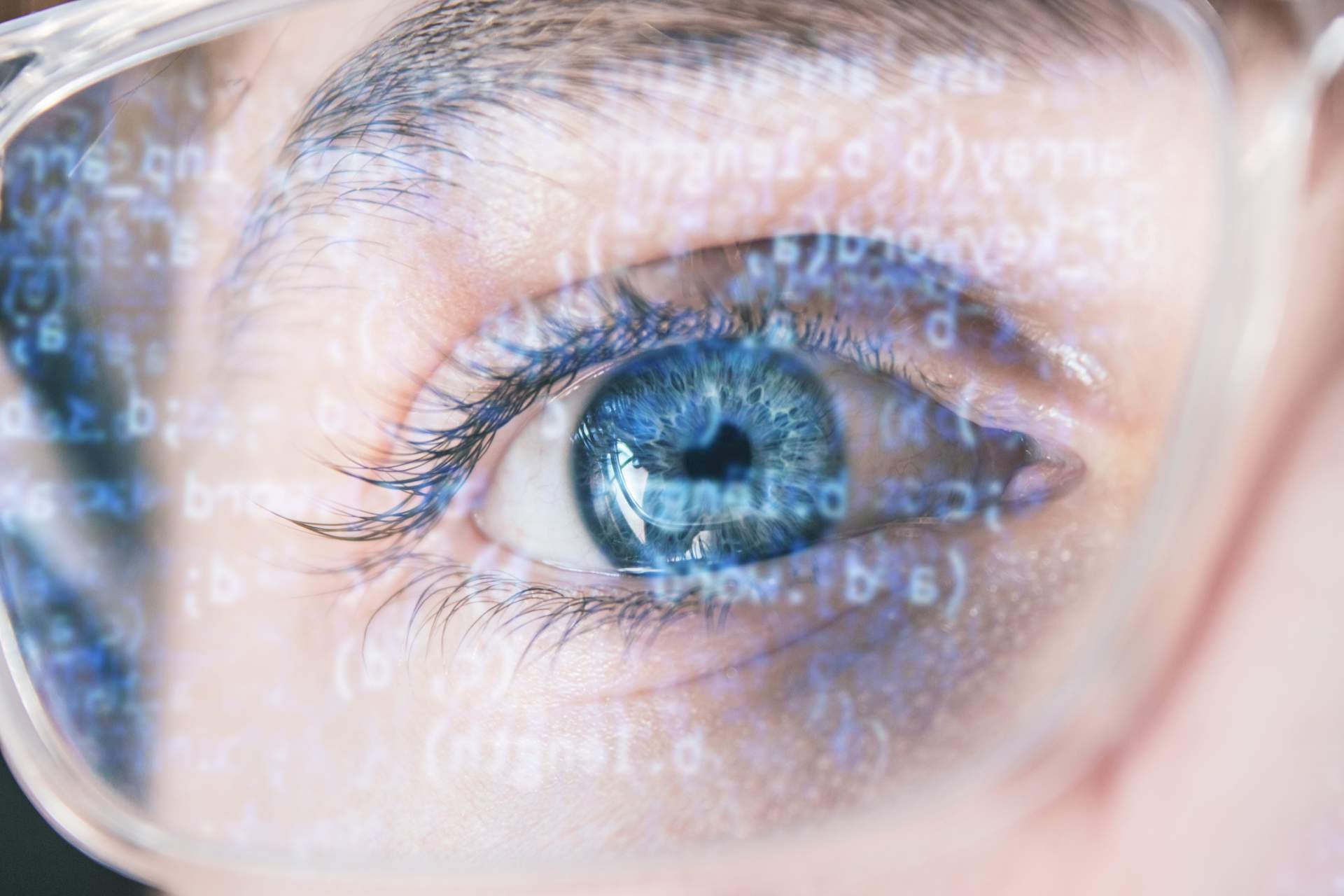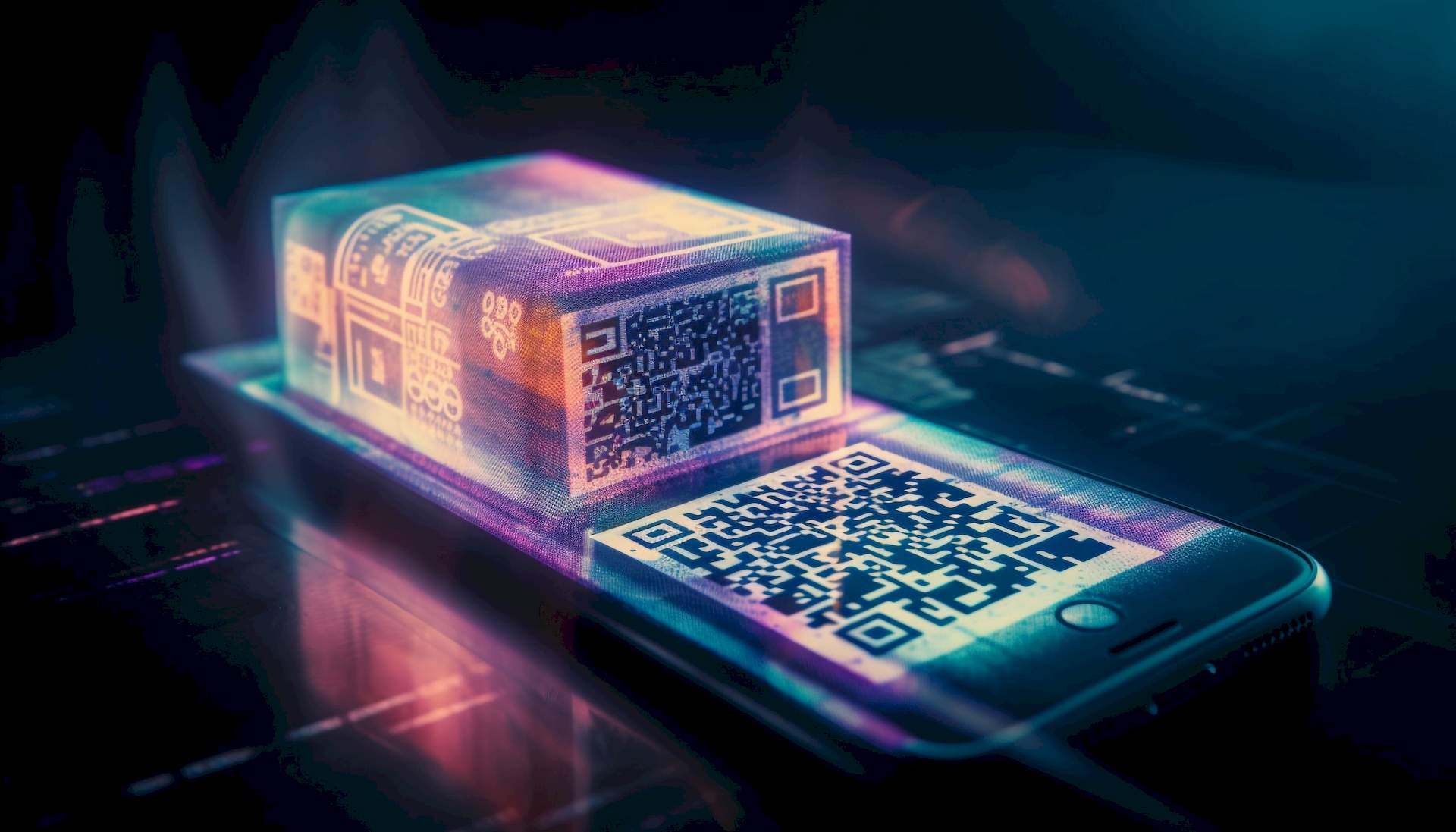Unlike traditional security methods such as fingerprints and faces, Optic ID offers a new and exciting way to interact with technology in a more intuitive, seamless, and secure manner.
In a world where technology is advancing at an unprecedented rate, security and authentication have become more critical than ever. Traditional methods such as passwords and fingerprints are no longer enough to protect our sensitive information.
That’s why Apple has introduced Optic ID, a revolutionary biometric authentication system that uses iris recognition technology to provide a more secure and convenient way to interact with their latest AR/VR headset, the Apple Vision Pro.
Let us delve into the details of Optic ID, exploring how it works, how to use it, and what makes it so unique.

What is Optic ID?
It is a new biometric authentication system developed by Apple, designed specifically for their latest AR/VR headset, the Apple Vision Pro. It uses iris recognition technology to identify users, offering a more secure and convenient way to unlock the device, make payments, and access sensitive information.
Here’s how it works:
When you use it, the Vision Pro’s high-resolution cameras and infrared sensors capture images of your irises. These images are then analyzed by a powerful algorithm that identifies unique patterns in your irises, similar to how fingerprints or facial features are used in other biometric systems.
Apple emphasizes the security of the new system, stating that the iris data is encrypted and stored on the device itself, never being transmitted to the cloud or shared with anyone. Additionally, the system is designed to be resistant to spoofing attempts, such as using photos or videos of your eyes.
It is designed to be a seamless and intuitive experience. Once you set it up, simply look at the Apple Vision Pro and it will automatically unlock or authenticate you, no need to touch any buttons or swipe your finger.
It is also designed to adapt to changes in lighting conditions and even works with prescription glasses or contact lenses.

How to use Optic ID
Optic ID, being a feature currently exclusive to the Apple Vision Pro headset, isn’t something you can use unless you have access to that specific device.
However, we can definitely share the steps on how it works:
Setting up Optic ID:
- Turn on your Vision Pro and go to Settings
- Select “Optic ID & Passcode”
- Follow the on-screen instructions to position your eyes within the frame and complete the iris scan
- Create a backup passcode for situations where Optic ID might not work
Using Optic ID:
- Unlocking the Vision Pro: Simply double-press the top button and glance at the Optic ID icon when prompted
- Making purchases: Look for the “Buy with Apple Pay” button within apps or websites and double-press the top button, followed by looking at the Optic ID icon to confirm
- Authenticating actions: Some apps or features might require Optic ID for additional security. Double-press the top button and look at the icon when prompted
Remember, it is currently only available on the Apple Vision Pro and you must ensure “Wallet & Apple Pay” and “iTunes & App Store” are enabled in Optic ID settings for payment functionalities.

What makes Optic ID unique?
Optic ID offers several advantages over traditional security methods. Firstly, it provides a more secure way to protect sensitive information and high-value assets. Traditional methods such as passwords and PINs can be easily compromised or stolen. it eliminates the need for these outdated methods, providing a secure and reliable way to protect sensitive information and high-value assets.
Secondly, it offers a more intuitive and seamless user experience. With the ability to identify individuals quickly and accurately, it can streamline processes such as logins, transactions, and navigation within the Apple Vision Pro AR headset. This technology has the potential to revolutionize the way we interact with augmented reality, providing a more natural and effortless experience.
Moreover, it has the potential to improve public safety. Law enforcement agencies can use this technology to quickly and accurately identify individuals, reducing the risk of mistaken identity and improving the overall efficiency of their operations.
However, it is important to note that the implementation of it raises some ethical and privacy concerns. The use of biometric data for identification purposes can raise questions about data ownership and protection. It is essential to ensure that the collection, storage, and use of biometric data are conducted in a responsible and ethical manner.
Featured image credit: vecstock/Freepik.





